Biceps Femoris Tendinopathy (distal)
Tendinopathy occurs when there has been excessive loading of a tendon; generally for a prolonged period of time in runners.
Tendinopathy
Tendinopathy is the medical term for the persistent strain experienced by a tendon over an extended period. Tendinopathy occurs when there has been excessive loading of a tendon; generally for a prolonged period of time in runners. Miniscule tears form in the tendon, and cause pain.
Biceps Femoris Tendinopathy
With Biceps Femoris Tendinopathy at the distal (knee end) of the muscle- this injury generally develops due to an excessive increase in long run distance. This is particularly common in people who have also increased their hill climbing activity.
Biceps Femoris Tendinopathy may take more load in people who externally rotate their feet as they land as they may take more load through the outside part of the leg in the running pattern.
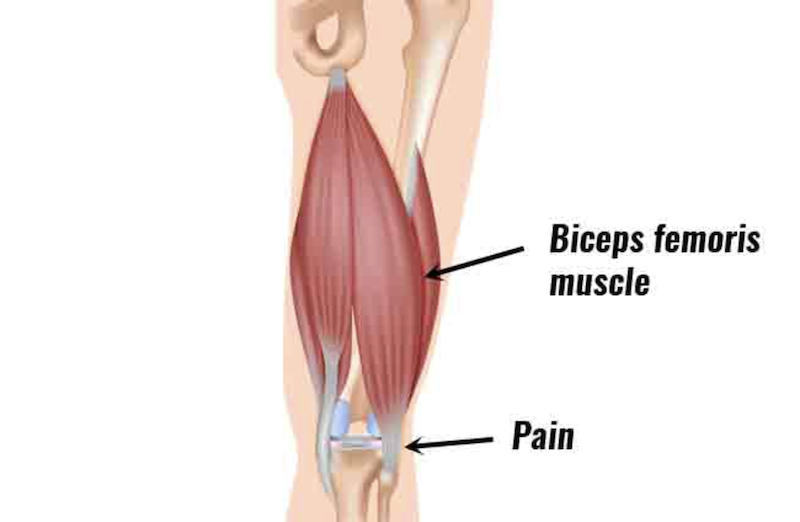
Management of Biceps Femoris Tendinopathy
Management of this injury requires initial reduction in loading of the tendon which means reduced amount of running however, I stress that people need to continue to do some kind of activity to ensure there’s not a subsequent weakness of the hamstring.
There needs to be a structured and progressive strengthening program of the tendon in different ranges of movement of the knee and hip as it is a muscle that crosses both joints. There also needs to be an assessment of the biomechanical factors, that allowed this tendon to become overloaded.
Long Term Results of Biceps Femoris Tendinopathy
The long-term results for this injury are very good as most people who rest appropriately and then build up their loading afterwards do very well and are able to return to normal running, usually within a few months.
Suggested exercises for developing a range of Biceps Femoris Tendinopathy movements:
The bridge
The bridge:
- The exercise begins by lying on your back, with knees bent and feet planted on the floor.
- Pressing into the heels, push your hips up towards the ceiling maintaining a tight core.
- Hold the position, and repeat for recommended number of repetitions.
This exercise can improve range of motion, by strengthening the glutes, hamstrings and calves.
Step Ups
Step ups:
The step up requires a small stool, or stable surface. This can include a bench, stairs, or a chair.
- With one foot, step on the elevated surface. Ensure to keep the foot flat.
- Focusing on the stepping foot, push yourself onto the surface so you will be standing on it with one foot.
- After holding for a brief moment, step back down. Repeat for the prescribed number of repetitions on each leg.
While performing this exercise, ensure to keep your back straight and engage the abdominals. This exercise targets the glutes, quadriceps or quads, and the hamstrings.
TIPPY BIRD
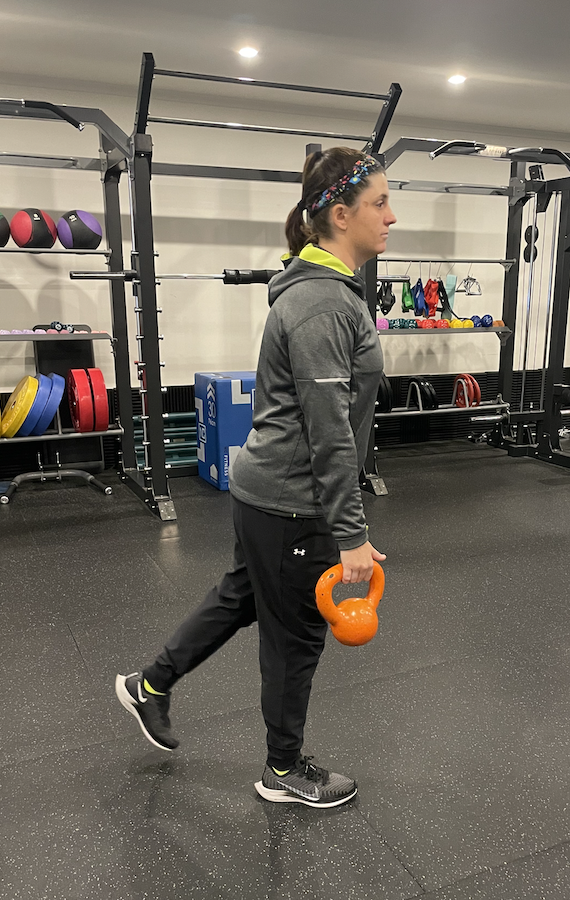
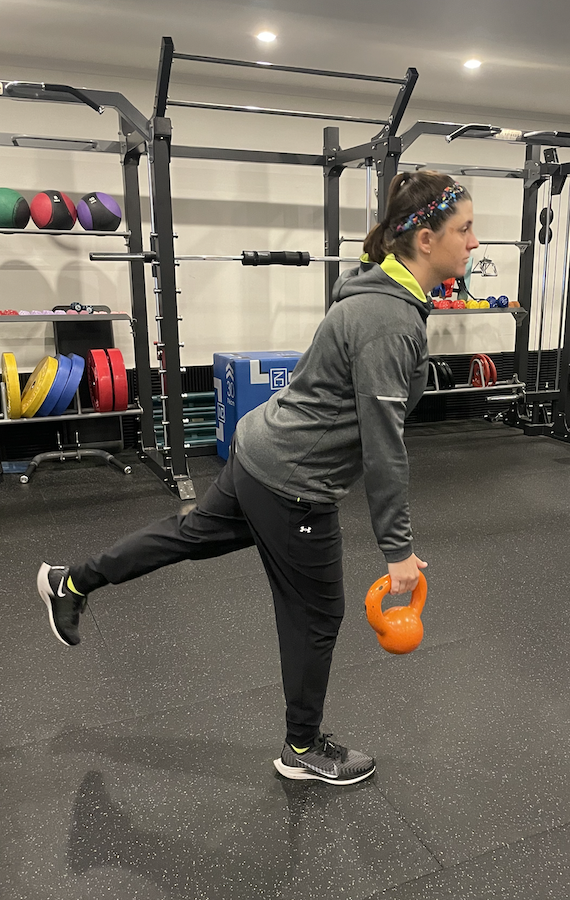
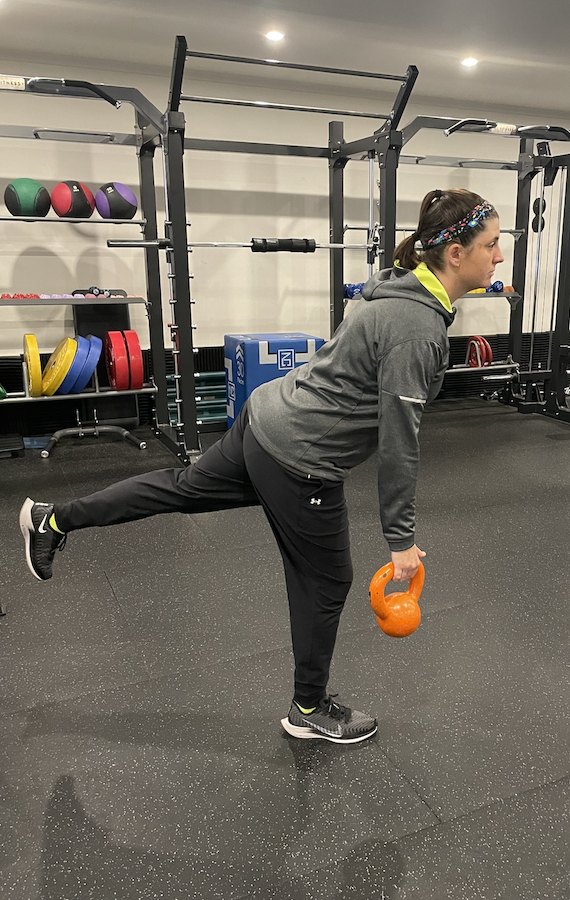
Tippy bird:
The tippy bird, also known as the drinking bird exercises the glutes and hamstrings. This can be performed simply with one foot on the floor, or can be done with the foot on an elevated surface such as a block. This exercise relies on exclusively using the hinge movement from your hips, meaning the spine should be kept relatively stable (the action does not include bending the back).
- Begin with one foot flat, and lift the other off the ground. Keep the lifted leg straight.
- Push the hips back, allowing the torso to lean forward and the leg to hover.
- The torso will be almost horizontal, while one leg remains planted. The other leg, will be in line with the torso in the air.
- Using The glute and hamstring of the planted leg, drive the hips forward to return to an upright position
- Repeat on the other leg, with the prescribed number of repetitions.
How to build up loading
The concept of “building up on loading” revolves around the progressive application of increased resistance or weight to a given exercise regimen. This deliberate augmentation of the load drives muscular growth.
Simultaneously, it introduces challenge to the tendons, without imposing an excessive burden similar to the initial injury. When executed well, this method of controlled loading effectively facilitates tendon rehabilitation and fortification.
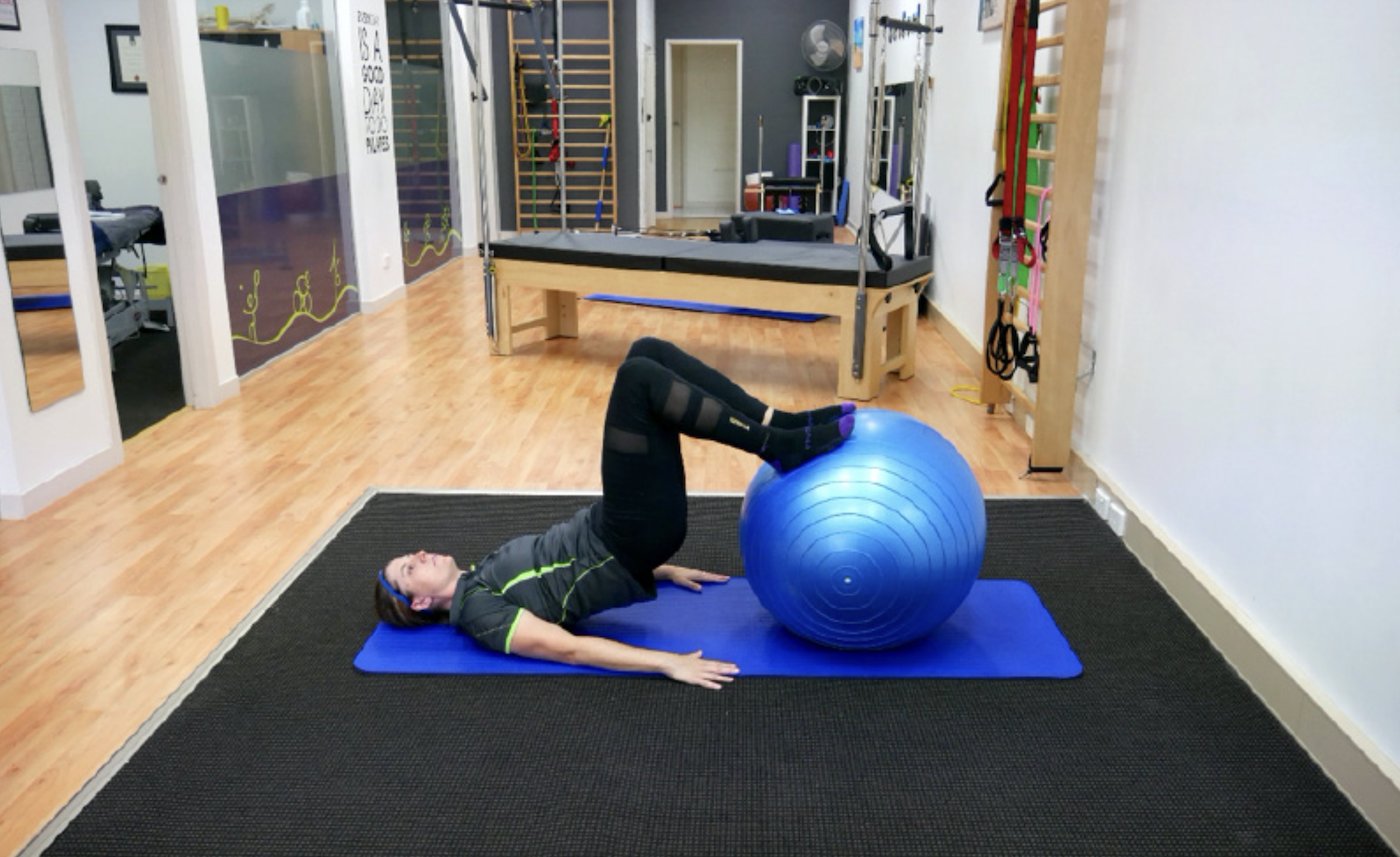
The load can be built up in several ways:
Strength (ie lower volume and heavier load)
Strength training takes on a lower-volume, higher-load approach. This entails boosting the resistance or weight in exercises. It could mean lifting heavier weights or introducing weights altogether.
Resistance bands can also be used, offering a versatile means to increase tension. The core idea is to challenge muscles with greater loads, fostering strength and growth.
Endurance (ie higher volume of repetitions)
Endurance training, in contrast, adopts a higher-volume approach by focusing on increased repetitions of exercises. This entails performing more iterations of a given exercise to enhance endurance.
When under the supervision of a professional, this method involves a gradual and progressive augmentation in the number of repetitions, adjusted according to the achieved progress. Throughout this process, maintaining proper form remains integral.
Power (the speed with strength – includes things such as jumping and hopping and running at speed)
Sprinting serves as a prime illustration of a method to augment power. However, in cases like biceps femoris tendonitis, where running is advised against during recovery, alternative exercises that involve jumping become more suitable.
Exercises such as burpees, squat jumps, or kettlebell swings are great examples. These dynamic movements engage the musculature and enhance power in a manner conducive to the healing process.
biceps femoris tendinopathy: The FAQs
How do you treat biceps femoris tendinopathy?
The treatment protocol typically encompasses a range of interventions, including prescribed stretching and conditioning exercises tailored to the individual’s needs. Additionally, therapeutic approaches involve massage and tissue mobilization techniques.
Taping techniques are often employed to mitigate strain on affected areas. In cases of pain management, over-the-counter anti-inflammatory drugs like paracetamol can be utilized to alleviate discomfort.
Most important is utilising and seeking professional help, as this injury will not be alleviated on its own.
What does biceps femoris tendinopathy feel like?
The development of the injury can often be a gradual process, and can take some time to develop symptoms. Initial manifestations might include a sense of tension behind the knee, which can then escalate to more pronounced pain along the posterior and lateral aspects of the knee, or even radiate up the back of the thigh.
This discomfort tends to be exacerbated during activities which involve knee joint extension or running.
How long does it take for a bicep femoris tendonitis to heal?
It can take up to 4-6 weeks to heal. During this time aggravating exercises must be ceased.
What is distal Bicep Femoris tendonitis?
Distal bicep femoris tendonitis is when the pain is confined to the knee, as the strain on the tendon has occurred on the knee end of the tendon.
How do you prevent tendinopathy when running?
Embarking on a safe and effective running routine involves a strategic sequence of steps. Begin by priming your body with a gentle warm-up, accomplished through a five to ten-minute brisk walk.
As you transition into running, opt for a gradual start, avoiding the temptation to immediately engage in extensive distances or high speeds. Instead, progressively elevate both your distance and pace over time.
Strengthening of your calf muscles can aid in minimizing tension. This can be effectively achieved through the incorporation of calf raises into your exercise regimen.
Can you still run with tendinopathy?
During the recovery phase, the optimal approach would involve a temporary halt to running. However, if the desire to continue running persists, it must be limited.
Engaging in runs that are marked by minimal to no pain is important to reduce further strain. This entails a deliberate reduction in both speed and distance to mitigate strain on the affected are.
Why am I prone to tendinopathy?
Tendinopathy can be particularly frustrating for runners and individuals engaged in repetitive activities. The very nature of running, or even actions like lifting, imposes a consistent load on tendons, resulting in strain over time.
The structural integrity of tendons can undergo compromise as collagen fibers within them start to degrade, rendering the tendon weaker. Consequently, an individual’s lifestyle plays a pivotal role in predisposition to tendinopathy.
To preempt this strain, active rest days can be incorporated into your routine. Engaging in practices such as pilates, yoga, walking, mobility exercises, dynamic stretching on these days provides a respite from repetitive use, allowing tendons to recover and repair.
Here at Physio and Fitness Clinic, we offer the best-level care through our physiotherapists and myotherapists. If you have a running injury, make an appointment today with a physio today for physiotherapy and physio run pilates.
